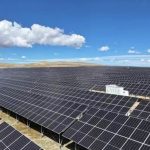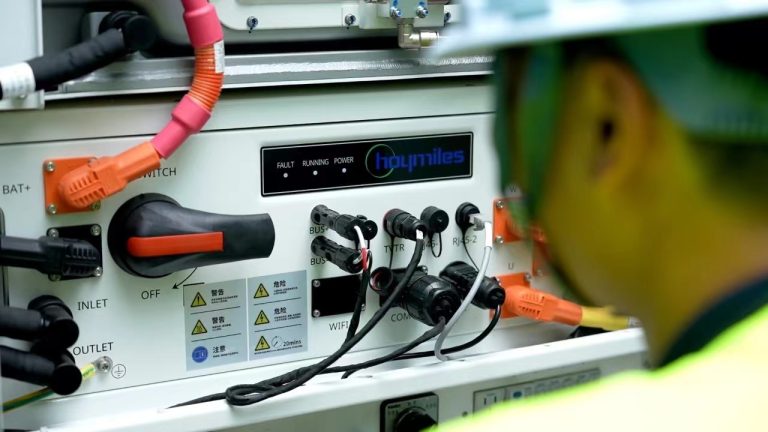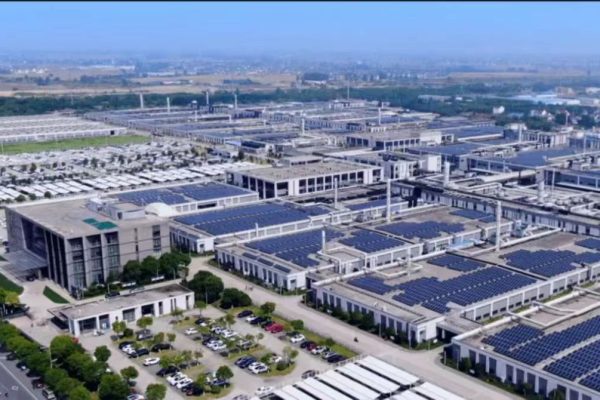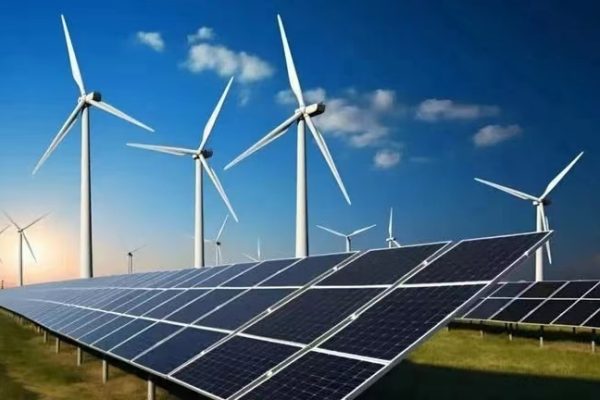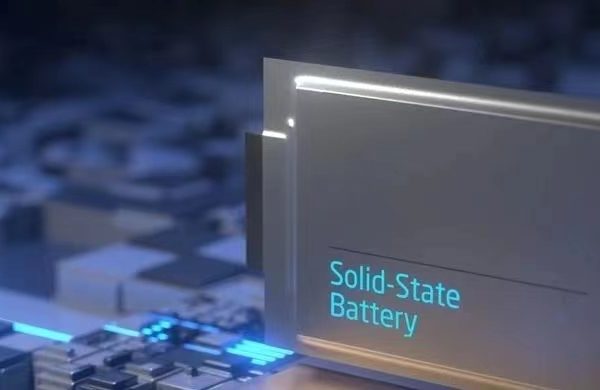How Artificial Intelligence Can Boost Efficiency, Lower Costs, and Improve Reliability
1. AI Meets Solar + Storage
Energy management systems (EMS) have long been a key part of optimizing PV + storage performance. But in recent years, AI-powered EMS solutions have started to make their way into small commercial and residential projects, not just large-scale utility plants.
For small and mid-sized enterprises (SMEs) or home system owners, AI can:
- Improve self-consumption rates
- Reduce electricity bills
- Predict and prevent faults
- Adapt to changing load patterns automatically
The result? Smarter energy usage without constant human oversight.
2. What is an AI-Based EMS?
An EMS controls how energy flows between PV panels, batteries, loads, and the grid.
When AI is integrated, the EMS can:
- Analyze historical data to learn typical consumption and generation patterns
- Predict future conditions like load demand, weather, and tariff changes
- Automatically adjust control strategies for maximum benefit
Instead of relying on fixed schedules or static rules, AI makes real-time, data-driven decisions.
3. Why AI Makes Sense for Small PV + Storage Projects
While large utility projects have used advanced controls for years, small systems often rely on manual settings or basic time-of-use schedules. AI changes that by making optimization affordable and scalable.
Key benefits:
- Higher ROI – AI can increase self-consumption by 5–15%
- Simplified operation – The system “learns” the user’s needs over time
- Fewer manual adjustments – No need to constantly tweak settings
- Better grid interaction – Dynamic export limits and demand response
4. Core AI Functions in EMS for Small Systems
4.1 Load Forecasting
AI predicts when and how much power the loads will consume, allowing the EMS to decide when to store or use PV energy.
4.2 Solar Generation Prediction
By analyzing weather forecasts and historical irradiance data, the EMS can anticipate PV output and plan battery use accordingly.
4.3 Tariff-Aware Optimization
For areas with variable electricity pricing, AI shifts battery charging/discharging to avoid peak rates.
4.4 Fault Detection & Predictive Maintenance
AI can identify unusual inverter, battery, or load behavior—alerting users before failures occur.
5. Example Use Cases
Case 1 – Small Commercial Office
A 30 kW PV + 50 kWh battery system uses AI-based EMS to:
- Charge batteries before high-tariff evening hours
- Discharge during peak demand to avoid demand charges
- Pre-cool the office during low-tariff midday solar surplus
Result: 12% electricity bill reduction without any manual intervention.
Case 2 – Off-Grid Micro-Resort
AI predicts weather patterns and load usage to ensure:
- Diesel generator runs are minimized
- Batteries are never over-discharged during cloudy weeks
- Refrigeration loads are prioritized over non-essential loads
Result: Reduced fuel use by 20% and improved battery lifespan.
6. Selecting an AI-Enabled EMS for Small Projects
When choosing a system, check for:
- Compatibility with your inverter and battery brands
- Cloud-based vs. local AI processing (cloud may need reliable internet)
- User interface – should be simple for non-technical users
- Data privacy and security – especially important for commercial clients
Popular EMS vendors now offer scaled-down AI features that work even for systems under 100 kW.
7. Integration Considerations
- Communication Protocols – Ensure Modbus, CAN, or other protocols match existing equipment.
- Battery Management System (BMS) Access – AI needs real-time battery data to optimize effectively.
- Fail-Safe Modes – In case of AI or cloud outages, EMS should revert to safe default settings.
8. Challenges and Limitations
- Initial cost – AI-enabled EMS may cost 10–30% more than basic controllers.
- Learning period – AI may take days or weeks to fine-tune control strategies.
- Internet dependency – Cloud-based AI may be less suitable for remote off-grid locations without stable connectivity.
9. Future Trends
Expect to see:
- Edge AI – Localized processing to reduce reliance on cloud servers.
- EV integration – AI balancing home charging with PV and storage usage.
- Peer-to-peer trading – AI enabling small producers to sell surplus energy to neighbors.
10. Smarter Control for Better Returns
AI-based EMS technology is no longer just for large plants—it’s now practical for small PV + storage projects.
By using predictive analytics, adaptive control, and real-time optimization, small system owners can:
- Lower operational costs
- Improve reliability
- Extend equipment life
For SMEs looking to stand out from generic “install-and-forget” solutions, offering AI-enabled control could be the key competitive advantage.



